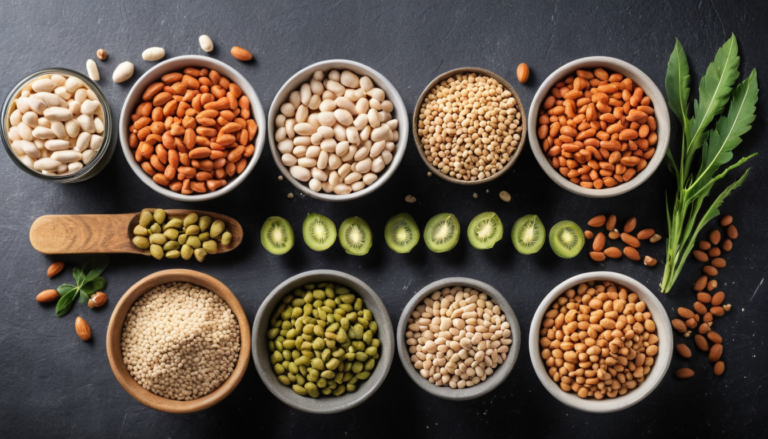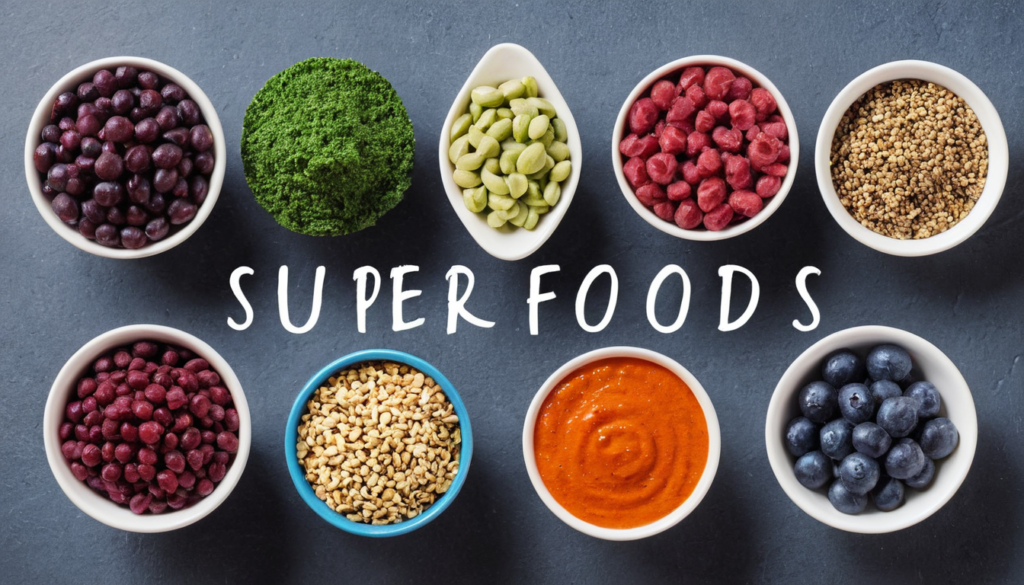In recent years, the shift towards plant-based diets has gained immense popularity due to growing health concerns, ethical considerations, and environmental awareness. As more people ditch meat in favor of a plant-based lifestyle, the market for plant-based proteins has surged. But what are these proteins, and how can they provide delicious and nutritious alternatives to traditional meat sources? This article explores a variety of plant-based proteins, their benefits, and some tasty ways to incorporate them into your diet.
What Are Plant-Based Proteins?
Plant-based proteins are derived from plants and include sources like legumes, grains, nuts, seeds, and vegetables. They offer an array of benefits, from supporting heart health to reducing the risk of certain chronic diseases. Importantly, they can provide all the essential amino acids needed for optimal health.
Why Choose Plant-Based Proteins?
Switching to plant-based proteins can greatly improve your health and wellness. Here are some compelling reasons to consider:
- Health Benefits: Plant proteins are generally low in saturated fat and cholesterol, promoting heart health.
- Weight Management: Foods rich in plant protein are often more filling and lower in calories, which can help with weight control.
- Environmental Impact: Producing plant-based foods typically requires fewer resources and produces fewer greenhouse gas emissions than meat production.
- Ethical Considerations: A plant-based diet aligns with humane treatment of animals and ethical food sourcing.
Top Plant-Based Protein Sources
Fortunately, there are a myriad of delicious plant-based proteins you can incorporate into your meals. Here are some of the most popular options:
1. Legumes
Legumes are excellent sources of plant-based protein and are incredibly versatile. Varieties include:
- Lentils: High in protein and fiber, perfect for soups, stews, and salads.
- Chickpeas: Great for making hummus, salads, and curries.
- Black beans: Delicious in tacos, burritos, and as a side dish.
2. Quinoa
Often referred to as a “super grain,” quinoa is a complete protein, meaning it contains all nine essential amino acids. It’s great in salads, bowls, or as a side dish.
3. Tofu and Tempeh
Derived from soybeans, both tofu and tempeh are rich in protein and absorb flavors well:
- Tofu: Versatile and can be stir-fried, grilled, or added to smoothies.
- Tempeh: A fermented product with a nutty flavor, ideal for stir-fries and sandwiches.
4. Nuts and Seeds
Nuts and seeds are not only rich in protein but also provide healthy fats. Some popular options include:
- Almonds: A great snack or topping for salads and oatmeal.
- Chia seeds: Perfect for smoothies, puddings, or as an egg replacement in baking.
- Hemp seeds: Packed with protein, these are excellent in smoothies and salads.
5. Plant-Based Protein Powders
For those looking for an easy way to boost protein intake, consider plant-based protein powders made from pea, brown rice, or hemp protein. These can be mixed into smoothies, baked goods, or oatmeal.
Delicious Plant-Based Protein Recipes
Incorporating plant-based proteins into your diet doesn’t have to be boring. Here are a few delicious recipes to get you started:
1. Chickpea Salad
A refreshing salad packed with protein and flavor:
- 1 cup chickpeas (cooked)
- 1 cucumber (diced)
- 1 tomato (diced)
- 1/4 cup red onion (finely chopped)
- 3 tbsp olive oil
- Juice of 1 lemon
- Salt and pepper to taste
Mix all ingredients in a bowl and enjoy!
2. Quinoa and Black Bean Bowl
Wholesome and filling, this bowl is perfect for lunch or dinner:
- 1 cup cooked quinoa
- 1 cup black beans (cooked)
- 1 avocado (sliced)
- 1 bell pepper (diced)
- 1/4 cup cilantro (chopped)
- Dress with lime juice and your favorite spices
FAQs About Plant-Based Proteins
1. Can I get enough protein on a plant-based diet?
Yes! With the right planning and variety, it’s entirely possible to meet your protein needs through plant-based sources.
2. Are plant-based proteins complete proteins?
Some plant proteins, like quinoa and soy products (tofu and tempeh), are complete proteins. Combining different sources, such as beans and rice, can ensure you get all essential amino acids.
3. How can I incorporate more plant-based proteins into my diet?
Start by replacing meat with legumes, using nut butters, or adding protein-rich seeds and grains to your meals. Experiment with meat alternatives like tofu and tempeh too!
4. Are there any downsides to plant-based proteins?
While plant-based proteins are generally healthy, some people may experience digestive issues with certain beans and legumes. Gradually incorporating them into your diet can help your body adjust.
Conclusion
Plant-based proteins provide a plethora of delicious and nutritious alternatives to meat. By incorporating a variety of sources into your meals, you can enjoy a balanced, health-conscious diet while also supporting sustainability and animal welfare. Whether you’re a full-time vegetarian, vegan, or simply looking to reduce meat consumption, the world of plant-based proteins is diverse, tasty, and fulfilling. Start experimenting with these alternatives today and discover how delightful a plant-based lifestyle can be!



